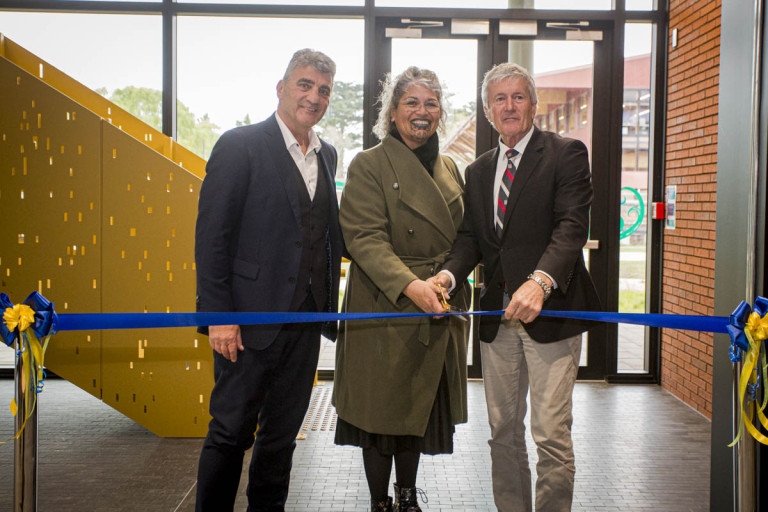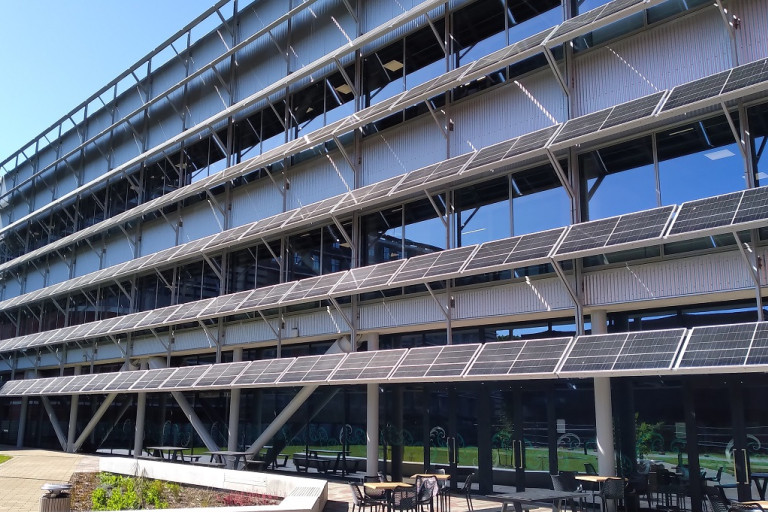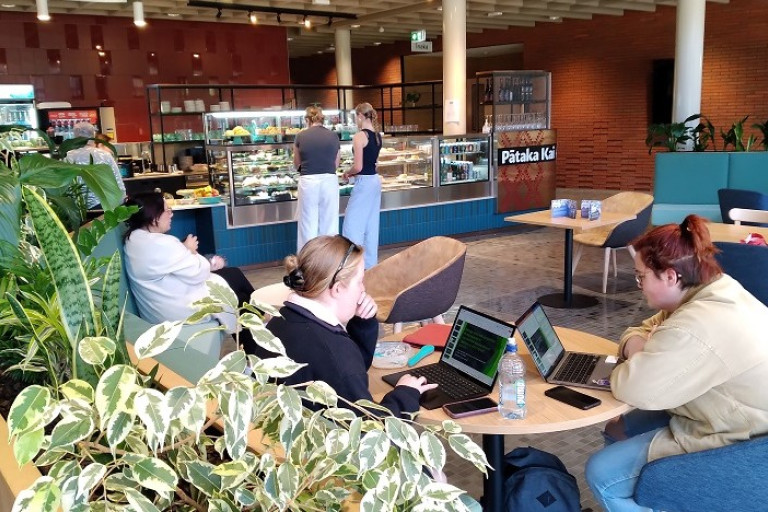Waimarie: Lincoln University's flagship science facility
The construction project for our flagship science facility commenced in February 2021, and concluded with the formal opening of the new building - named Waimarie - on 27 September 2023.
Before Waimarie, this site, together with the adjoining land now occupied by AgResearch, was the location of the Hilgendorf Wing, a large teaching and laboratory block. The building was demolished in 2015 after damage in the Canterbury earthquakes.
Waimarie is located in the north-eastern corner of the Lincoln University campus amid a bio-diverse park-like environment, Waimarie is a fit-for-future learning and research facility comprising:
- Modern, well-lit, climate-controlled learning areas, office workspace and collaboration spaces designed to suit the needs of students, staff, postgraduate researchers and our industry partners
- State-of-the-art research laboratories and equipment
- Contemporary teaching spaces
- Adjustable meeting and conference zones
- Multi-use social spaces
- Pātaka kai (café), including a heat-and-eat area
- Purpose-built areas for specialist research activities.
In line with the University’s sustainable infrastructure goals, the new building has a minimal environmental impact, featuring roof- and wall-mounted solar arrays, a ground-sourced heating/cooling system and a rainwater-fed toilet flushing system.
The building is insulated with 10 tonnes of locally-grown wool from 2000 sheep, and the supplier of the 100% NZ wool carpet is owned by over 700 Kiwi wool-growing farming families.
The 417 roof- and wall-mounted solar panels wreathing the new building bring the University’s total annual solar generation up to a very significant 802,000 kWh – equivalent to the annual electricity requirement of 110 average Kiwi households.
Recycled materials were used wherever possible in the building’s construction, including Pulverised Fuel Ash in the concrete pours. Oak beams installed in the ground floor teaching spaces were milled from oak trees which had to be felled on the Lincoln campus in 2018.
The Canterbury clay brick façade was extracted and made within the Selwyn district.
A seismic dampening solution from Tectonus, featuring rocking shear walls, decreased the steel weight of the building and reduced the foundation depth while increasing the building’s earthquake resilience.
Opening ceremony
Waimarie was officially opened by the Minister of Agriculture, Hon Damien O’Connor, on 27 September 2023.
The opening ceremony, attended by Lincoln University staff and students, leaders from neighbouring CRIs, industry bodies, dignitaries, research partners, construction contractors and other stakeholders, was held in the expansive lobby just inside the main entrance of the new building.
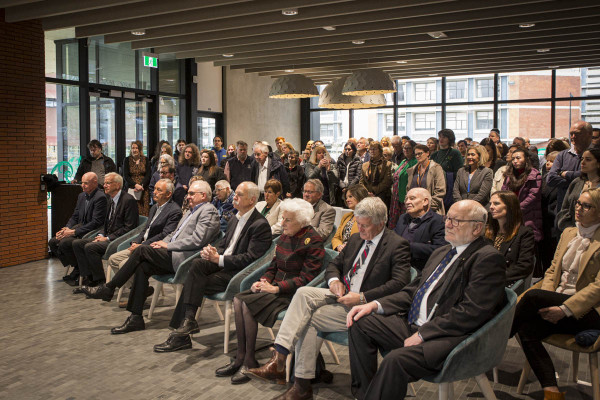
The opening ceremony was attended by a number of Lincoln's former Chancellors and Vice-Chancellors
Guests were given an internal tour of the 9450m3 building, including flat-floor teaching laboratories, research laboratories and administrative spaces, following the formalities.
In his speech delivered prior to cutting the ceremonial ribbon, Minister O’Connor said: “Global tensions and disruptions, from the likes of climate change, are going to be a part of our future as far as we can see. More than ever, we need science to deliver creative, innovative and smart solutions to managing our food security, resources and waste.
“People need to be at the heart of finding these solutions and Lincoln University is creating the environment for people to come together to overcome these challenges through collaboration"
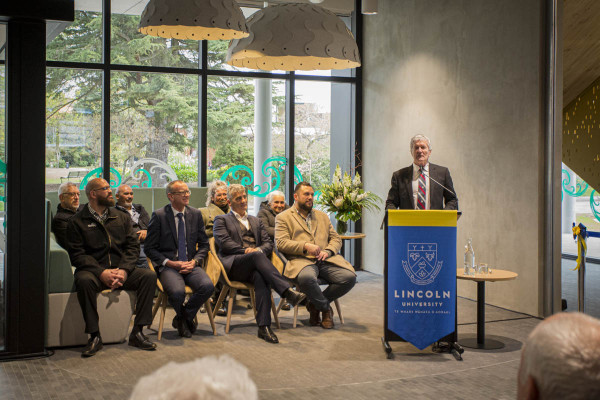
Waimarie was opened by Hon Damien O'Connor on 27 September 2023
I congratulate all involved in the establishment of Waimarie. May it be that collaborative and inspirational environment to build a better, more sustainable future. In doing so we can aspire for New Zealand to be the best country for the world.
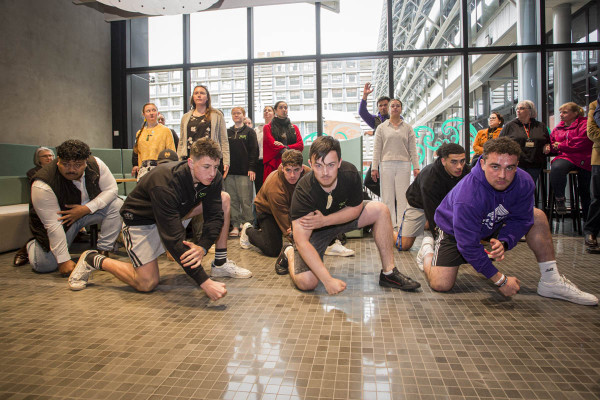
Te Awhioraki (Lincoln University Māori Students' Association) delivered a powerful haka at the opening ceremony
Read the full story behind the name Waimarie
New flagship science facility named Waim…Read about the Pouākai sculpture created by artist Piri Cowie
Pouākai: a marker on the landscape